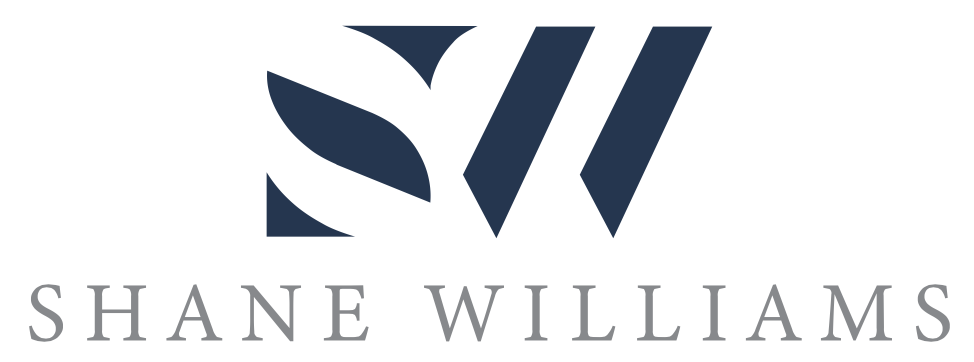So you found the perfect candidate? Maybe not.
So you’ve found the perfect candidate for the role in your team. They have the arbitrary number of years’ experience, a list of certifications as long as your arm, have worked in your industry and recently delivered a project using the unique piece of technology you’ve integrated to your platform. They passed your reference checks. Hiring them is a lay-down misère right?
While I don’t want to burst your bubble, I’d ask you to hold fire on making that employment offer. It might just save the candidate and your organisation a lot of angst.
Can I ask you to consider how mature is your platform investment is, and what your forward investment profile looks like?
Are you still in the implementation phase?
Are you in a continuous improvement run state?
Are you about to kick off another phase of significant project investment?
You might ask “Who cares what’s on my roadmap I just found a gem?”. Well, I think it matters a whole lot.
When looking for or attempting to retain talent, most leaders focus primarily on the fantastic opportunity they're providing; the working environment, employee benefits, and the type of experience that the candidate needs. While useful, it's not the complete picture. Individual motivation is often overlooked in terms of the kind of work enjoyed and how long people like to stay in one organisation.
Understanding these additional dynamics and hiring the best fit for your organisation's forward investment is critical to building the right team.
Let’s peel this back to basics. There are essentially two dimensions through which we need to look at this challenge: the type of work the individual prefers and how long they stay with one organisation.
Dimension one (motivation) describes the type of work preferred, from business as usual and steady, continuous improvement (a workhorse) through to fast-paced, high-pressure, short-term work (a racehorse).
Dimension two (mobility) describes the likelihood that the individual will seek new opportunities, from not at all (a stayer) almost certainly (a player).
A candidate who fits on the bottom left might thrive on helping people and providing support to your stakeholders. They are also part of the organisational furniture, love the culture and have no desire to move on. Conversely, you might find a consultant with deep experience in a specific technology at the top right, one who is keenly sought after for high-risk implementations or specific problem-solving. They're a hot commodity thriving on big challenges and short engagements.
If we unpack this model, I believe there are nine platform team archetypes; and critical to hiring the right candidate is being conscious about the archetype that’s best suited to the organisation, the platform teams need, the current platform maturity and forward investment profile.
At any point in their career, people may move between the different archetypes. For example, an independent expert doesn't start as one. They may begin as an ambitious rookie and end up a stability seeker.
To attract the right talent, it is critically important to deeply understand what you need and where your capability is before looking to hire. If you need a solid citizen, you can't afford to pitch the role to an ambitious rookie.
By being deliberate about understanding the type of work you need to be done and the archetype that is best suited, you can tailor the candidate search to specific attributes rather than a generic specialist who ticks all the traditional candidate search boxes but totally misses the target.
In my book The Platform Owner’s Guidebook: How industry experts unlock the value of enterprise software, I unpack the archetype model – exploring the traits of the individual archetypes and strategies for attracting, developing, and retaining each.
Reflection Questions:
What does your 24-month roadmap look like?
Does your organisation prefer steady investment and continuous incremental delivery, or is there an appetite for a series of larger, complex, short term, high-pressure projects?
What type of company culture do you have? Is it a traditional business with long-term employees, shirts and slacks, or a digital company with Silicon Valley-style offices and a constant stream of high-energy aspirational employees?


